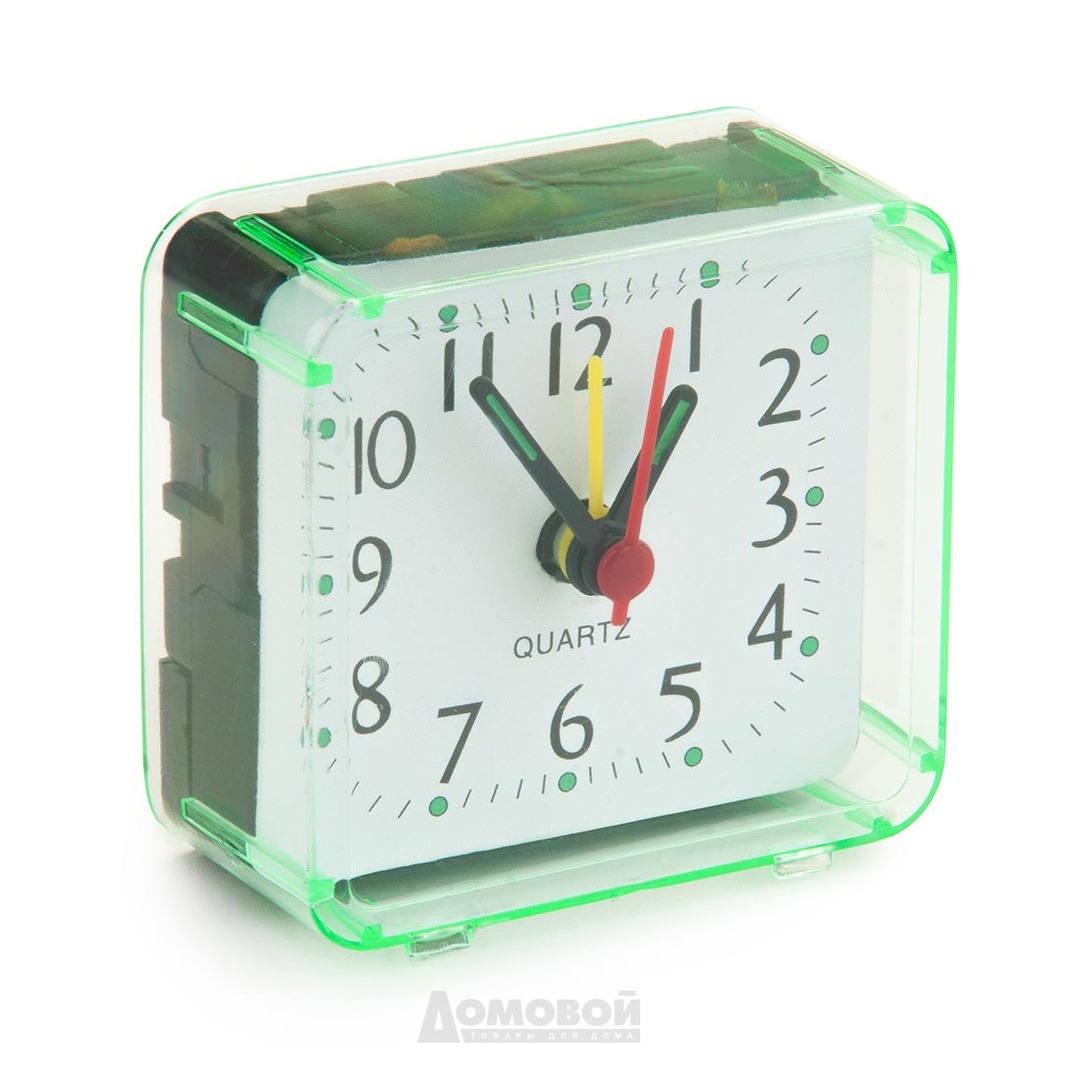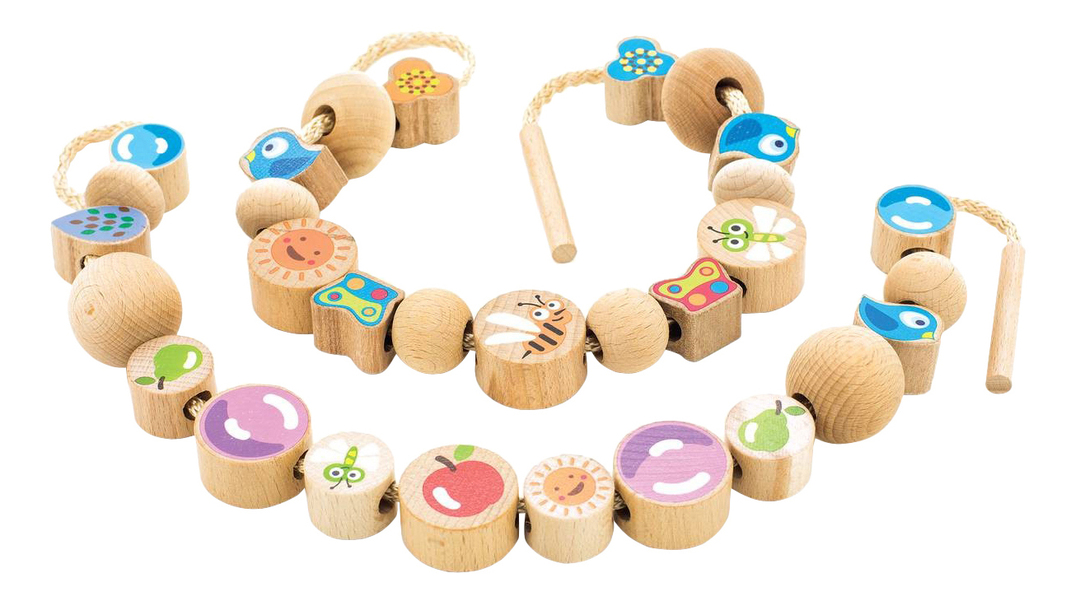Contents:
- Useful properties and contraindications
- Where grows and how to collect?
- How to prepare willow-tea?
- Other ways to dry
- How to cook an infusion?
Ivan-tea( kaprenia narrow-leaved) is an amazing plant that has many useful properties. Therefore, it is appreciated from ancient times. Drink from it will help to cope with headache and cold, promote normalization of digestion, will charge with vigor and strength. In the course are all the parts: leaves, root, flowers. But in order to preserve the healing qualities, it is necessary to collect and dry it properly.

Useful properties and contraindications
Our ancestors knowingly made tinctures and decoctions from this plant. It contains a large number of vitamins and trace elements. But this is not all, it is distinguished by several other features.
- Anti-inflammatory effect, so it is used to make healing ointments.
- Enveloping effect due to which ivan-tea fights with manifestations of peptic ulcer and other diseases of the gastrointestinal tract.
- Stops the spread of the herpes virus.
- Antitumor effect.
- Soothing effect, enhancing the properties of sedatives. It shows itself well in the fight against insomnia.
- Helps cope with skin diseases: eczema, psoriasis, atopic dermatitis.
- Has beneficial effects on the cardiovascular system.
Despite all the wonderful properties of kipreya, it is not worth using. It is better to take it in courses so that the work of the stomach, liver, intestine is not disturbed. To small children to drink broths and infusions from it too it is not recommended, after all in a plant contains caffeine. Women during pregnancy and lactation should be careful, before using, consult with doctors and follow their advice. Also, a contraindication may be a disease associated with blood coagulability. There are no other restrictions, although in rare cases, individual intolerance is possible.
This plant is valued as a wonderful honey plant. Honey from it turns out qualitative, pleasant on taste and, certainly, useful.

Where grows and how to collect?
Ivan-chai is a narrow-leafed leopard. When collecting, do not confuse it with other types of spray, because they do not have such exceptional qualities. The required plant is quite high, usually not less than 50 cm in height, has narrow leaves and lilac-pink flowers. It occupies considerable territory, in the flowering period resembling a carpet.
The plant is widespread everywhere. Search for it should be there, where it is dry and a lot of light. It can be a forest glade or a fringe, a cut out site, a place near a railway embankment, a ditch or a sown field. Especially loves cyprus coniferous forests. Choose a place to collect far from cities, busy highways and other sources of pollution. It is then that the plant will be environmentally friendly and healthy.
Collecting willow-tea is necessary at a time when it blooms. Flowers, like other parts, have valuable qualities. In addition, they help not to confuse it with other plants. When it is the blossom that will blossom, it is difficult to say, it depends on the climatic zone. In warmer regions, this occurs earlier, in the northern regions - later, in the period from June to August or even to September.
In the process of preparation, it is necessary to separate the color and the sheet. You can not mix them. The plant is carefully cut at a distance of 10 cm from the ground. It is best to collect in dry weather, not after the rain. You can collect the leaves separately. Some people practice this way: they squeeze the stem in the palm of their hand and raise their hand upwards, breaking off the leaves. But they can lose their taste, so it's better to cut them. When collecting color, you should take only the tip. If the brush has already formed a pod, then we must make sure that it does not hit the flowers or leaves. When drying it can ripen, fluff from it will make the blanks unsuitable for use.

How to prepare willow-tea?
So, Ivan the tea is collected. But that the drink from it turned out really tasty and useful, the plant needs to be prepared for this. Begin with fading. To do this, the leaves are torn off and thoroughly washed. Then spread on a clean paper, the layer should not exceed 5 cm. So leave it for a day, from time to time stirring to leave the leaves evenly. Direct sunlight on them should not fall. As a result, some soft parts of the plant will turn out. It is important not to overdry.
The next step is fermentation. It starts with the fact that the leaves tinder between the palms so that they form tubules. When they darken from the juice, they are put in an enamel pot or other container. The layer should not be too thick. Then the bowl is covered with a cloth moistened with water and left in a warm place for up to 20 hours. The time needed for fermentation depends on how high the temperature is. Optimum - from 24 to 27 degrees. Determine that the process is completed, you can by the appearance of a noticeable floral-fruity smell.
Next, the fermented leaves must be dried. Do this either in the sun or in the oven at low power. Preliminarily, they are finely cut and folded in a thin layer on the baking trays, covered with parchment. The oven is kept in the oven for about an hour, when drying in fresh air - until ready.
Store blanks in tightly closed containers, for example in glass jars with well-screwed lids. Its flavor and useful qualities it retains up to two years. Ripen will be for a month, then you can prepare a fragrant drink.

Other ways of drying
You can also dry the willow-tea in a different way. For this method, take a linen cloth, moisturize it and lay out on it leaves a layer of not more than 3 cm. The tissue cut must correspond to the volume of the plant intended for harvesting. From time to time, the fabric must be sprinkled from the spray gun so that it does not absorb the juice.
The fabric is rolled into a tight roll and pulled together with a rope or rubber cord. Next, the plant is grinded, bending and unbending the resulting twist for half an hour. It is convenient to do this together. During the process, the structure of the leaves is broken and juice is released. As a result, the initial fermentation begins, lasting about three hours. When the palm feels that the twist has become warm, we can conclude that the initial fermentation was completed. Raw materials get a slight fruity smell.
For further fermentation, the raw material is transferred to a container, well compacted and tightly closed with a lid. In a warm place, the workpiece must be held for 36 hours. You can additionally put it in a cool place for a while. This will help to make tea more refined taste. If the raw materials were collected late, in August, then additional fermentation is needed. The mass is removed from the container, rubbed between the palms to make the juice stand out.
Board
To speed up the process, you can use a meat grinder without knives. But the quality of the workpiece will be worse than if you do it manually.
Treated raw materials are left for 6-8 hours. Readiness is determined by pressing on the mass: it should feel like rubber to the touch. When this is achieved, the tea can be dried in the oven. It is kept slightly ajar, stirring the mixture regularly. In the oven put a red brick, it will help not to overdry the workpiece. Calcination will give a wonderful taste to tea.
For another fermentation process, the collection is divided into two parts. From one with the help of a press juicer juice is extracted. It will be a very small amount, but it will be enough. The resulting juice is poured to the remaining raw material and pressed down with a weight of 20 kg on a wooden circle. After 3 days the process will be completed, the raw material can be dried.

How to cook an infusion?
It's not hard to prepare a drink from a spray. You can brew it almost the same way as the usual black or green tea. To do this, the teapot should be rinsed with boiling water. Then put a little of it-tea in it at the rate of 2-3 spoonfuls per half-liter of water. To the fermented and dried leaves, you can add a small amount of dried color. First, it is necessary to pour hot water only on third, only after 5 minutes add to full. The proportions of water and welding can be changed to your liking. Pour boiling water can be several times, without compromising on quality.
If the drink is intended for one person, it's easier to insist on it in a glass - fill up the incomplete tablespoon and pour boiling water. After 20 minutes you can drink.
You can cook the infusion differently. At the bottom of the enameled pot, cover the tea leaves with a layer of up to 5 cm. Fill twice with a large amount of water. Heat on low heat, not bringing to a boil, let stand for a quarter of an hour - and the drink is ready for use.
Prepare an unusual and useful drink with excellent taste qualities for everyone. Collecting willow tea is simple, and fermentation and drying will give it the desired taste.
We advise you to read the article: how to make ice



